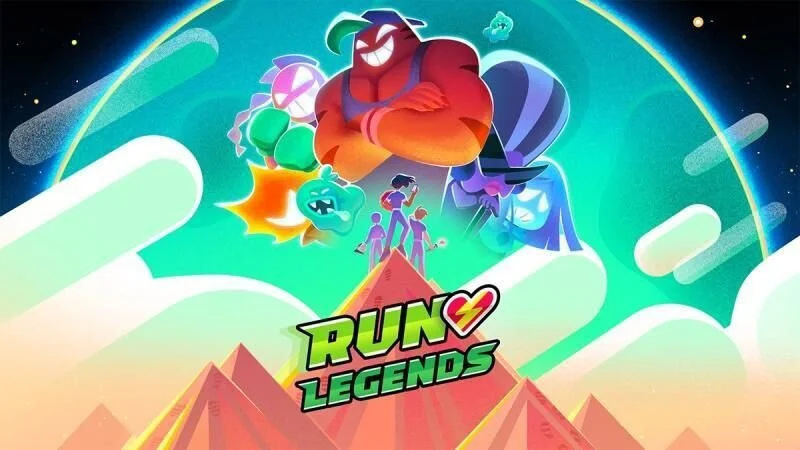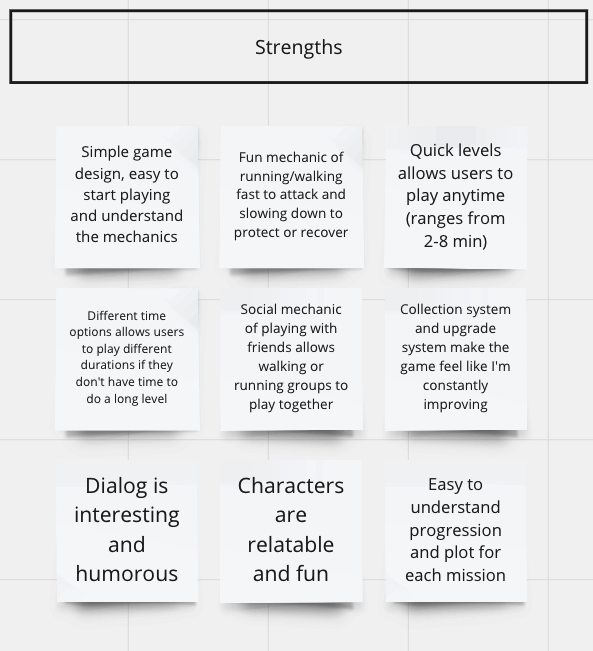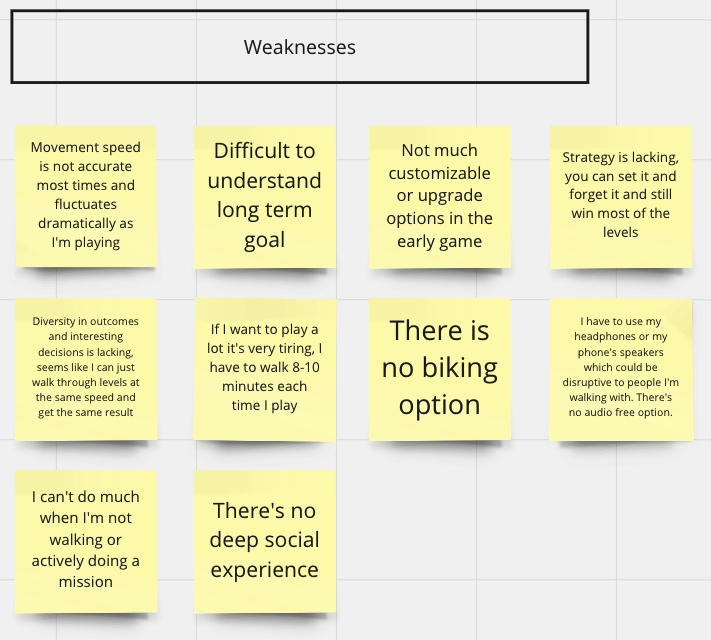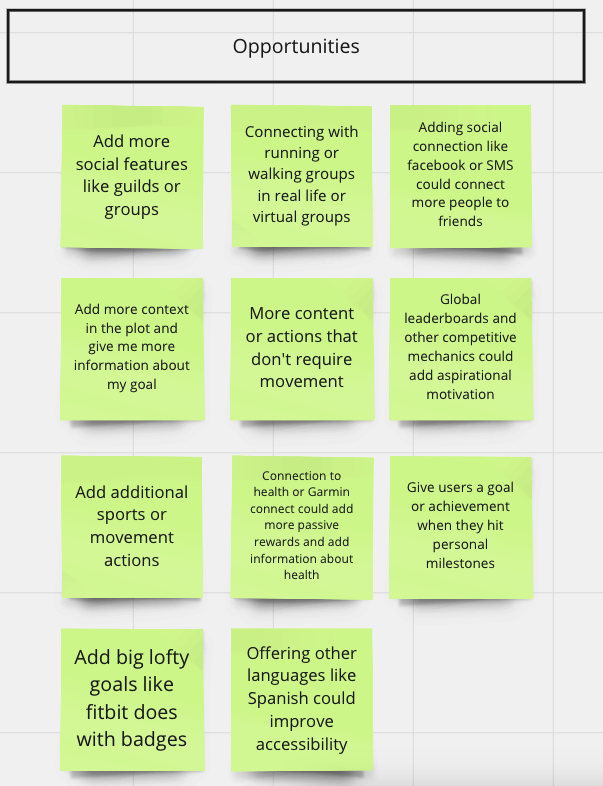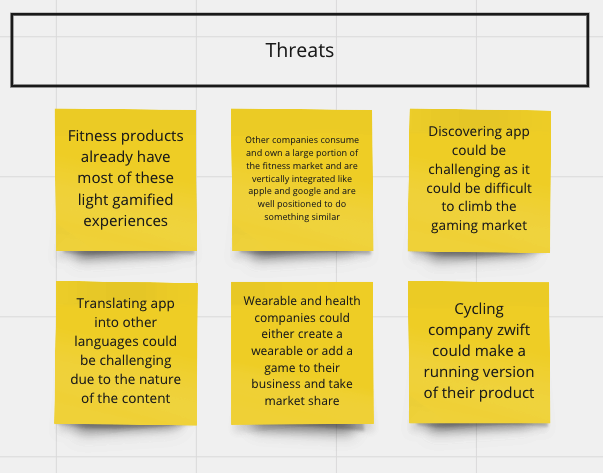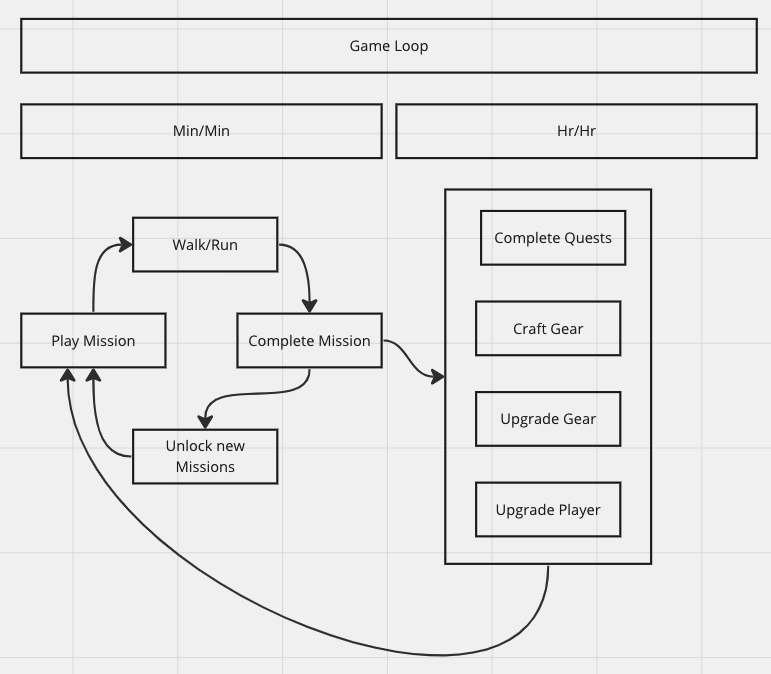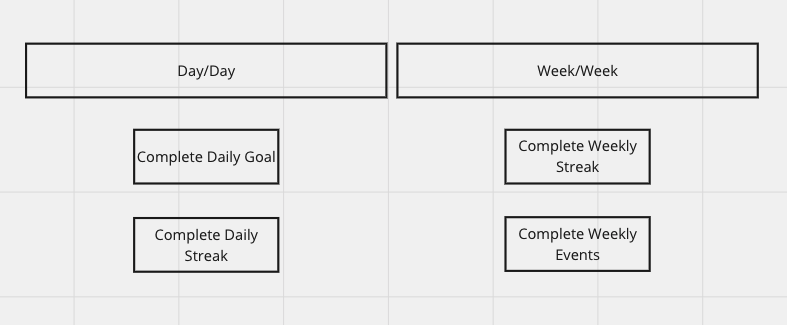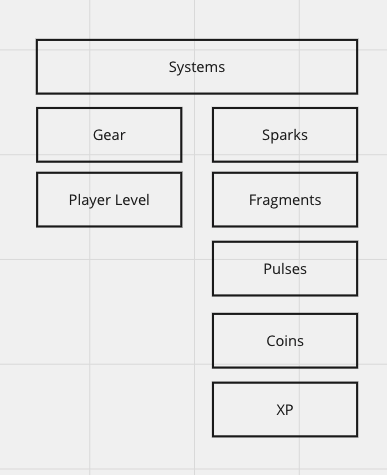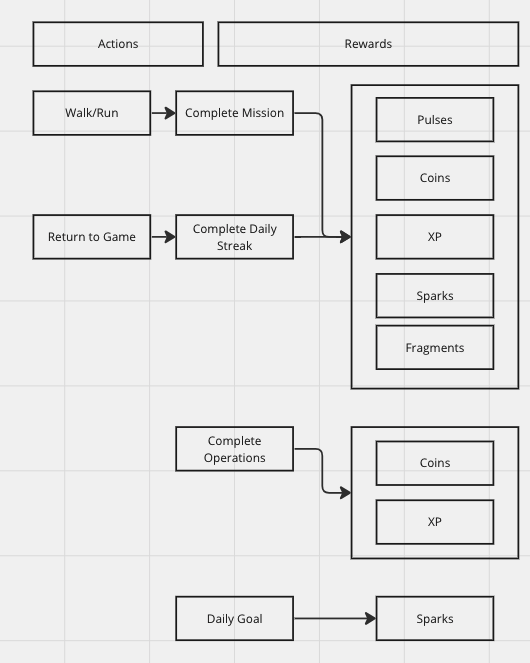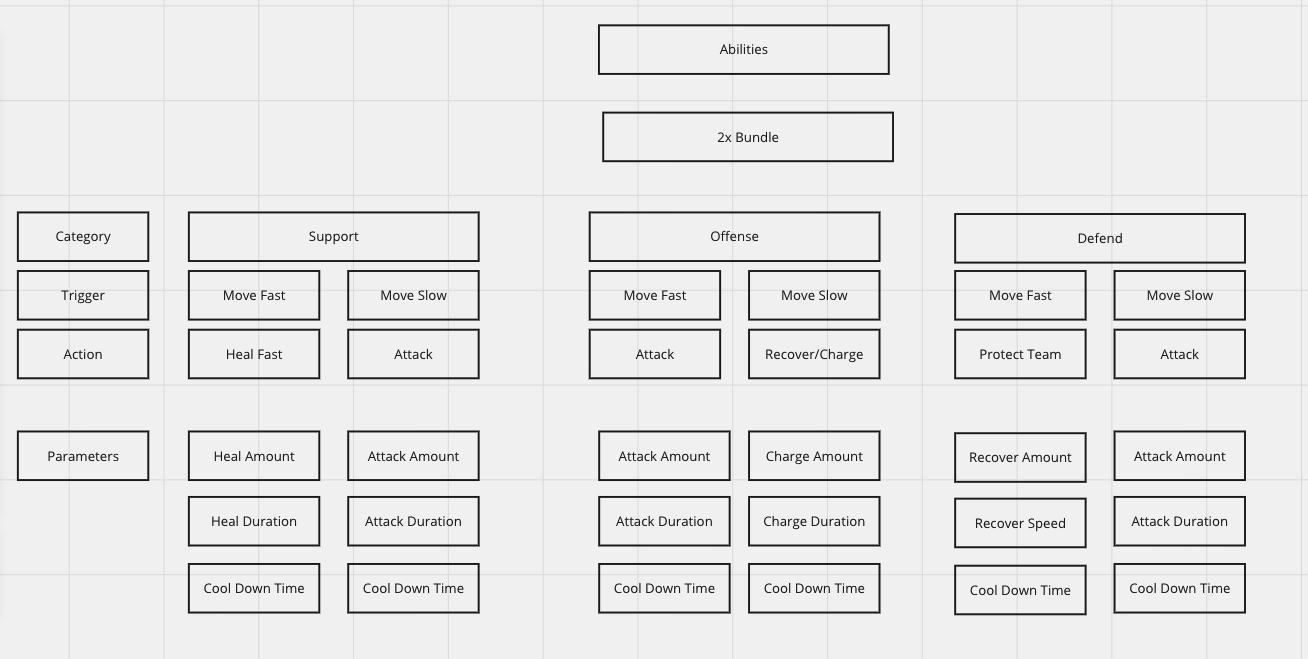The Gaming PM Interview Prep Case Study, Talofa Games
I wrote a blog post a while ago but wanted to share a real-world case study of what I did recently so you can see what I personally do to prepare. I started engaging with a company known for 'Run Legends.' The role was for a Founding PM of their new team working on a fitness app. They had an app live in the App Store, which made this prep a bit easier, so the first thing I did was download the app.
Once I downloaded the app, I usually like to play through it for at least a week, returning each day for at least an hour so I can understand the first-time experience and come prepared to discuss any questions that may come up. I was meeting with the CEO first, which is pretty common when you are talking with super small, early-stage companies, so prepare yourself mentally as this can be quite intimidating if you aren’t used to talking to CEOs.
Then, I usually research feverishly online and watch any interviews with the founders, read any and all blog or news posts about the company, read through App Store listings and reviews, read through Glassdoor or company reviews, and ask around if anyone has heard about this company (you’d be surprised how small the gaming industry is). I also ask around alumni networks if I know where they went to school :) I know it might be a tad overkill, but it’s never a bad thing to overprepare for interviews these days.
Side tangent, not sure if I mentioned this before, but I actually attended a conference where one of the founders was a speaker to prep for my interview with Genies. There was a round table where I got to ask the CEO questions directly, still not sure if he knew I was interviewing at the time, but it was incredibly helpful and again, probably way beyond what most people do to prep but totally worth it because I did get the job.
Ok, now we talk to the CEO. Again, make sure you are extremely buttoned up if this happens to you, as CEOs are not the same vibe as a headhunter, recruiter, or hiring manager. These are very busy people and have no patience for a poor explanation of your background or why you want to work for this company, so prepare extra hard if this is your situation. This applies to founders as well, whenever you are talking to a Founder or an executive at the initial stage be overprepared.
So the chat went well and I made it through. WAHOOOO! Now we talk to the design team. Here’s where the nitty gritty comes in and I’ll share a few frameworks I like for a quick and dirty prep.
Ok, so at this point, you’ve played a decent amount of the game, time to crack it open and start deconstructing all the systems. Note, I intentionally don’t do this at first because my first experience should be as organic as possible and true to a player experience. If I went in and started deconstructing it right away, my opinion of the game would be polluted with my 13 years of experience in games and not accurately reflect a player’s experience. Ok, so I usually start with a SWOT analysis just to get some really raw quick feedback down on paper. Here’s what I wrote for their game if you are interested.
Great, now that we have a basic framework of potential product enhancements, we can delve REALLY deep. I typically examine the game systems next, categorizing them into four main temporal segments: Minute/Minute, Hour/Hour, Day/Day, and Week/Week gameplay. This method provides a rapid snapshot of potential gaps in the game. It's an effective way to preliminarily assess retention issues even in the absence of hard data. Here are the insights I garnered for their game.
Fantastic, this approach neatly highlights potential challenges the game might face regarding later gameplay and content depth. With this groundwork laid, we can now delve deeper into the system design. I tend to perform a comprehensive analysis of all the economic variables, a crucial aspect of the PM role when collaborating with a game team. Additionally, I provide a more detailed breakdown of any store or paid systems, preparing to offer recommendations, especially if the question "How would you optimize the revenue for this game?" arises. Here are my findings:
Indeed, this method is designed to be quick and straightforward, aiming for a few hours of commitment at most. The objective is to comprehensively map out all the game systems, offering a clear view of the entire economy. This game, with its distinct attack system, necessitated an in-depth explanation, as it's a primary mechanism driving user expenditure, with each attack tied to gear they've either bought or earned. Having addressed that, we can now delve into the actual numbers with a more detailed focus.
The store analysis, for instance, can be quite intricate. In some cases, I meticulously document every in-game action and outcome in a spreadsheet. While this approach yields detailed insights into the game system, it's quite time-intensive. At an early stage in the process, I wouldn't recommend it, as it can lead to significant time investment without guaranteed progress to the next round, considering competition and other variables. Below, I've outlined my findings.
After this comprehensive analysis, it's crucial to harness the PM superpower of succinct articulation. It's important to distill the extensive findings into a concise, actionable summary. This ensures that every analytical endeavor is not just a collection of observations but a clear set of actionable insights. Here's a concise encapsulation of what I learned:
In my first week of gameplay, I found the game to be an engaging and enjoyable experience. The gameplay, complemented by well-designed narrative elements, was intuitive and offered a captivating blend of simplicity and focus, especially notable during the walking sessions. The progression system, marked by item collection and crafting, provided a satisfying sense of development and discovery as I explored new abilities and content.
However, my experience was purely organic, as I refrained from in-game purchases, choosing instead to utilize the in-game currency for upgrades. Post gameplay, my deeper analysis revealed several key insights:
1. Game Loop: The minute-to-minute and hour-to-hour loops were compelling, keeping me engaged in the short term. However, the content appeared to thin out on a day-to-day and week-to-week basis, signaling a potential risk for long-term retention.
2. Game Systems and Complexity: The multi-layered complexity of the systems catered well to users seeking depth and strategy. Yet, the early game presents a challenge with expensive and time-consuming item upgrades and crafting, potentially contributing to early user churn.
3. Content and Aspirational Goals: While the variety of items was impressive, the game lacks aspirational content that motivates users to engage more deeply with the collection and reward systems.
4. Game Mechanics and Accessibility: The primary mechanic, which encourages outdoor activity, is innovative but could potentially limit engagement due to its time and commitment requirements. Introducing additional mechanics that don't require walking may enhance time spent in the game and increase visit frequency.
5. Monetization and Store Pricing: The current store structure and pricing lack incentives for purchasing higher-value packs. The marginal benefits between adjacent price tiers are minimal, diminishing the perceived value of purchasing larger packs. Adopting round numbers and offering more significant bonuses for higher-tier purchases could improve the store's performance and user spending.
In conclusion, while the game excels in engagement and system complexity, it would benefit from bolstering long-term content depth, diversifying mechanics to increase accessibility, and refining the monetization strategy to better incentivize user spending. These adjustments could significantly enhance user retention, engagement, and monetization, solidifying the game's position in the market.
So there you have it! Regrettably, this particular interview concluded prematurely due to another candidate being further along in the process and ultimately receiving the offer. Such scenarios are more common than one might prefer, underscoring the importance of time management during these exercises. It's wise to avoid over-polishing your work, as it can be time-consuming. If you're passionate about the subject and willing to invest the time, then by all means, dive in. However, remember that outcomes can be unpredictable, so it's crucial to be mindful of how you allocate your time. Hopefully, my experience provides valuable insights for aspiring PMs or anyone navigating the interview landscape. Wishing you the best of luck on your journey!
